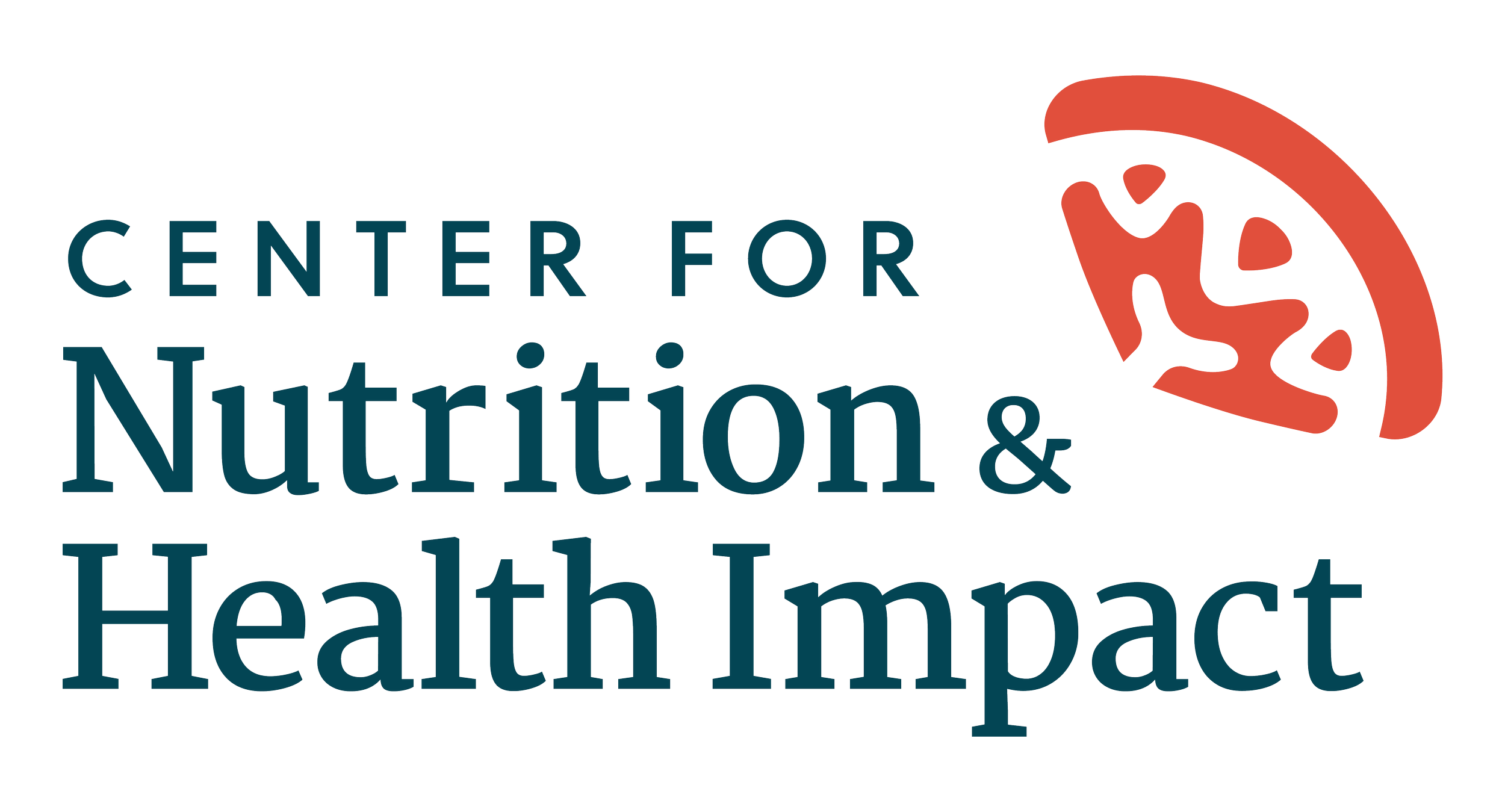---- OUR WORK ----
Healthy Corner Store Measurement:
Developing a Toolkit to Measure Access to Healthy Foods at Urban and Rural Corner Stores
Funders: Robert Wood Johnson Foundation New Connections grant awarded through Healthy Eating Research
Availability alone does not tell the whole story of healthy food access in America. A majority of measures currently used to study healthy food access have focused on environment and availability more so than store viability and consumer behavior. Less is known about consumer shopping behaviors and store-owners and managers’ operational and business barriers and practices that facilitate or limit their ability to incorporate healthier foods.



